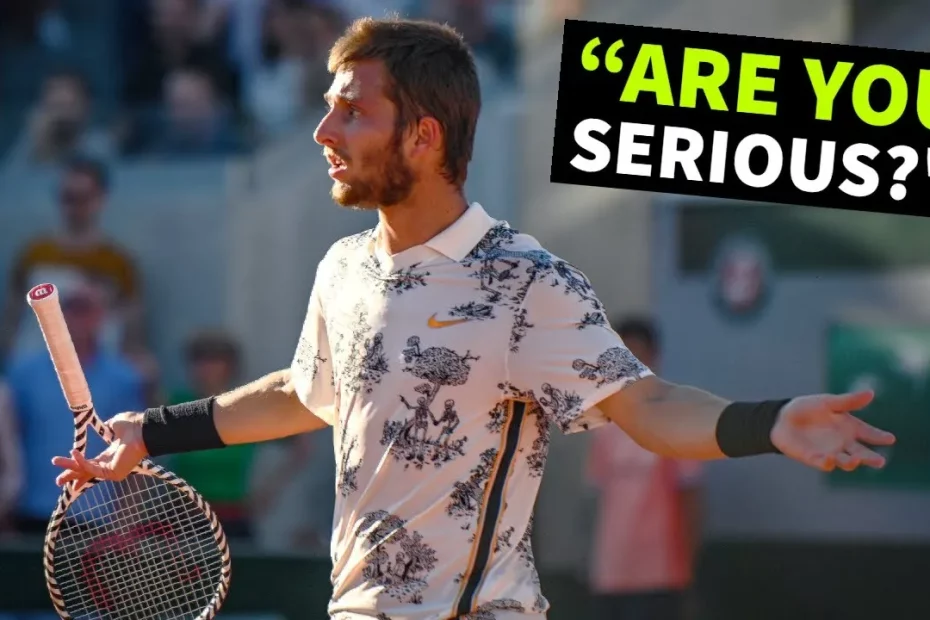Every sport has specific, strange rules and regulations that baffle sports enthusiasts almost universally. The same is true for tennis. If you are new to the sport and want to learn some specific rules in order to better comprehend the matches, this article will be beneficial to you. If you are unaware of such restrictions, you will be astonished when watching the contests and wonder how they happened. In order to prevent confusion and grasp tennis for its entertainment value, below are specific esoteric rules you should be aware of. Here is a list of some of the strangest tennis rules. Let’s discuss the weird rules of tennis one by one.
Underarm Serve
Although it is uncommon, it is permissible to serve underarm in tennis. The underarm serve boosts the chances of winning the point because the ball travels slowly and falls short of the opponent. According to ITF rules, a serve is allowed if the ball is in the air before hitting the ground on the opponent’s court.
Hitting of a Ball Twice
In the early 1970s, it was against the rules to strike a ball twice, whether intentionally or unintentionally. However, during matches, the swing ball was hit twice by the racket unintentionally. One hit the strings, and the other hit the racket. So the rule framer decided to include this strategy in the rule book, and thus it has become permissible in matches, and the player can now hit the ball twice during the swing motion (unintentionally). Also Read: What is LET in Tennis? It’s Definition, History and FAQ
Hitting The Ball Around The Net
The basic rule of hitting the ball over the net in matches has been modified over time, and players can now hit the ball around the net with the condition that the ball lands on the opponent’s court. However, because the player cannot hit the ball past the net, this strategy is not permitted. This is one of the most Weird Rules Of Tennis, which many people did not knew before reading this article.
Throwing Racket
Tennis players must have good racket control. The ITF clearly stipulates that if they chuck the racket to strike the ball, they will lose the point. Furthermore, if the dropped racket strikes the ball or the net, the opponent wins the point. However, if the racket falls unintentionally after hitting the ball, the game continues and no penalty is imposed on the player.
A Player’s Position on The Court
On the court, the roles of a server and an opponent are fairly distinct. The server must keep his or her position on the side-line while focusing on the baseline. An opponent’s position, on the other hand, is fluid, as he or she can stand anywhere on the court, including outside the lines, but only before serving. Also Read: Tennis Net Height, Size, and Length
